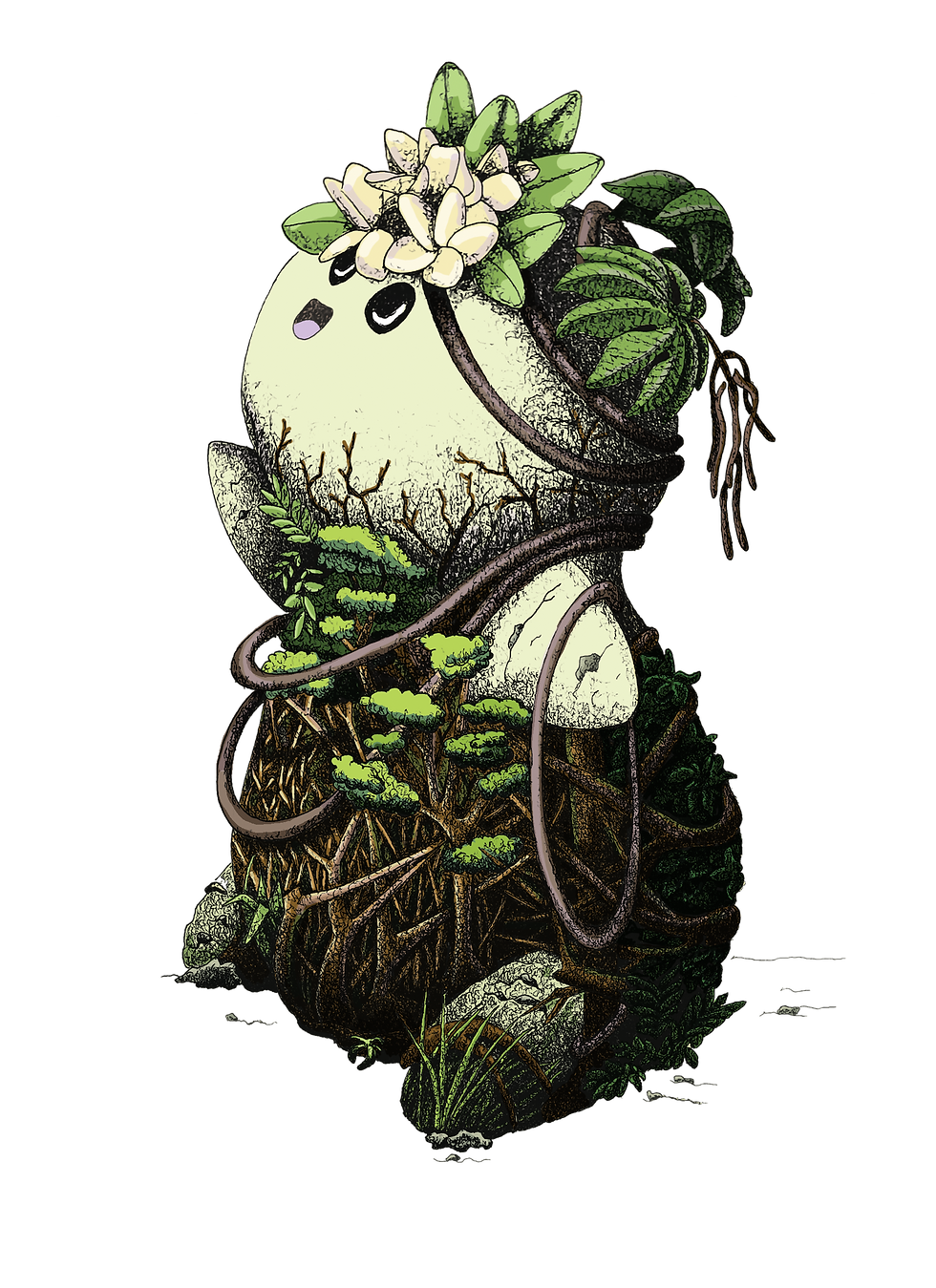Costa Rican Dry Forest
- Gabi García
- 6 jul 2024
- 4 Min. de lectura
Actualizado: 10 dic 2024
Characteristics and places in Costa Rica that you can visit to get to know them.
Costa Rica is a country with an immense natural wealth. It shelters about 6% of the world's biodiversity and is home to more than 500,000 species of flora and fauna. More than 50% of the country is covered by forests. Most of them can be classified into rainforests, cloud forests and dry forests.

What you are about to discover...
Here you will learn about its characteristics, importance, tips to visit these forests and a recommendation of places you can visit to know the wonderful dry forest of Costa Rica.
Dry forest characteristics
Dry forests are the most threatened in Costa Rica and the scarcest in Central America and this is an urgent alert. This type of forest is characterized by having very marked rainy and dry seasons. The latter usually lasts between 6 and 8 months a year, so both flora and fauna species have developed amazing and particular subsistence mechanisms. During the dry season many trees and plants lose their leaves in order to reserve as much energy as possible, which is why they are also called tropical deciduous forests. This occurs because in the process of photosynthesis there is a transpiration that dehydrates the plant, so this survival system is essential to reserve as much water as possible. Other names that are often used are neotropical seasonal forest or tropical seasonal forest.
Its fauna needs large extensions to be able to obtain food. The decrease of these forests has seriously endangered the existence of the species that inhabit them. In spite of being so scarce, it is the second richest forest in terms of biodiversity, below only the rainforest. Some animal species that can be found here are iguanas, squirrels, toads, tepezcuintles, deer, guatuzas, howler monkeys, pizotes, armadillos, birds such as the tufted magpie, the booby bird, parakeets, parrots, tanagers, hummingbirds, trogons, tucancillo, woodpecker, toledos, yigüirros, cuyeos among others. It is important to note that large mammals need to move towards humid areas during long droughts, so it is essential to recover and reinforce these migration routes and avoid their fragmentation at all costs.
It is estimated that they have a precipitation between 1,100 and 1,500 mm/year and are home to 4.6% of the country's forest cover. They are located between 0 and 600 meters above sea level. Due to high drought and human recklessness, these forests are severely affected by large-scale fires, and this has had dire consequences in recent years. Deforestation, unsustainable urban growth, pollution, illegal hunting and the capture of animal and plant species for illegal trade are also threats to the dry forests.
Rivers in these areas tend to be scarce and even intermittent, since in summer they dry up completely and it is not until the arrival of the rains that they recharge their flow.
The leaves of the plants are usually compound and thin like those of our beloved Guanacaste tree and the malinche, the latter with a beautiful and showy flower, as well as the yellow Cortés. Also in this area it is common to find guapinoles, pochotes, indio desnudo, jiñocuave, ron ron, jobo and the jocote, famous for the deliciousness of its fruits.
What places to visit in Costa Rica to see dry forests?
Santa Rosa National Park, Rincon de la Vieja National Park, Carara National Park, Guanacaste Conservation Area, Guanacaste lowlands and Nicoya Peninsula, Santa Cruz, Cañas, Los Pumas Wildlife Refuge, northern and central Puntarenas.
Clothing:
Closed but cool shoes, warm clothing , hat, repellent, sunscreen, sunglasses.
Tips:
Bring good hydration, both water and electrolytes. Sometimes there are many mosquitoes so walking in the forest becomes more bearable with a thin long-sleeved shirt and long pants. Never make bonfires in this type of forest.
Importance of caring for dry forests
If you want to go to the Nicoya Peninsula, opt for ecotourism options to promote an environmentally responsible visit. Thanks to conscious practices, the province of Guanacaste has been able to regenerate some areas and it is necessary to continue supporting these initiatives.
Being such a vulnerable forest but at the same time so rich in biodiversity, it is of utmost importance to recover its territory and design any type of urban development contemplating biological corridors and extensive areas of forest cover for the free transit and safeguarding of animal species. On the other hand, it is essential to avoid at all costs campfires, smoking or generating any type of fire source near these areas, not only inside the forests.
It is also the responsibility of the inhabitants to avoid the use of pesticides and insecticides that can contaminate the air or water of these forests.
Links of interest:
If you want to find the perfect place for your vacation, enter the following link and complete the form with your preferences and the system will give you options of national parks, reserves and wildlife refuges in Costa Rica.
You can also see the map of CR with the national parks and reserves by clicking here.
To know all the products we have with the "Forests of Costa Rica" click here.
If you want to talk to us by whatsapp click here.
コメント